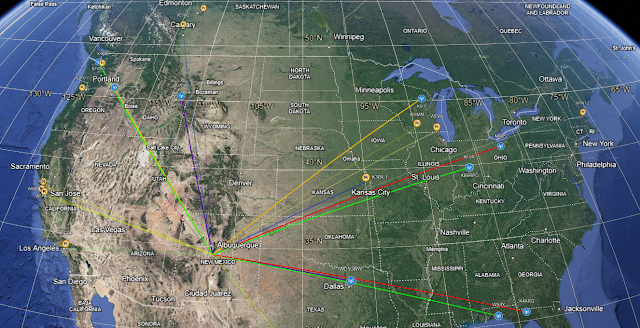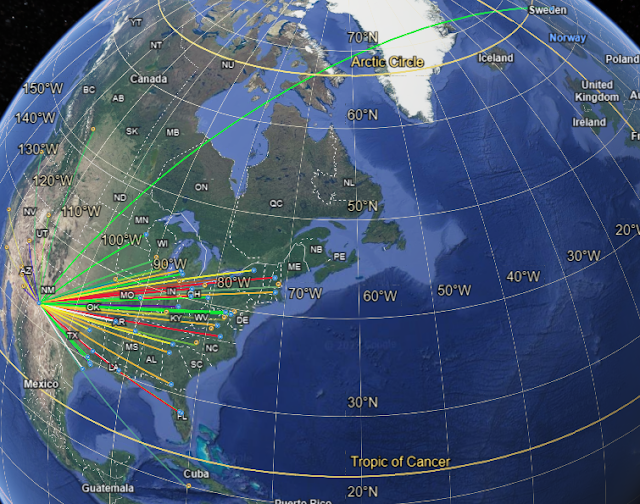Just a brief post about our recent Organ Mountains K-4551 POTA. The outing was a blast! KO6BTY and I had to go to New Mexico to pick up our Christmas Tamales last weekend. On the way we worked both Cibola National Forest K-4514 and Organ Mountains-Desert Peaks National Monument K-4551. And! at the Organ Mountains, Project TouCans made a QSO with SM2SUM in Sweden on 5 Watts! There was a really cool thing about the grey line as well! That's documented in the video below.
Oh! And one last note! There was Aurora flutter on the CW signal from Sweden! So Cool!
Here are the propagation maps with 10 QSOs at Cibola National Forest and 32 QSOs at Organ Mountains.


Comments
Post a Comment
Please leave your comments on this topic: